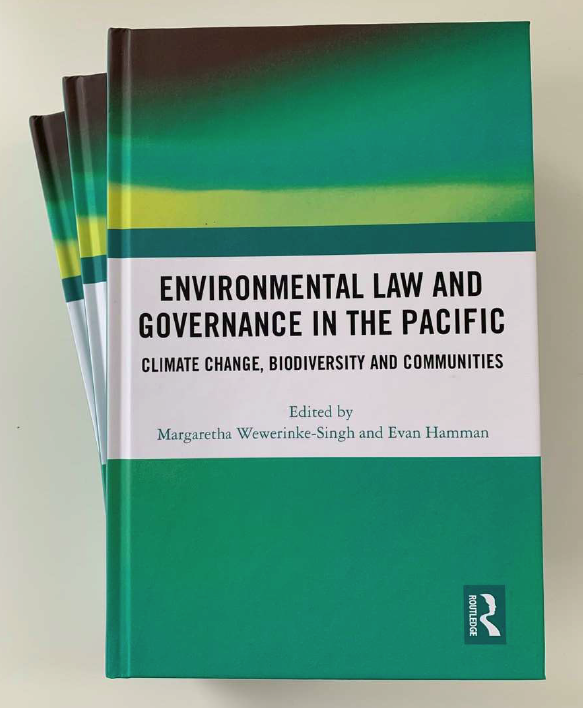By Eduardo Gallo-Cajiao, Evan Hamman, and Brad K. Woodworth

A newly published book Environmental law and governance in the Pacific: climate change, biodiversity and communities. Edited by Wewerinke-Singh, M. and E. Hamman. Includes a chapter The international institutional framework for seabird conservation in the South Pacific, which evaluate gaps and discuss about advancing conservation of seabirds in South Pacific region.
Multiple stressors threaten seabirds, and governance, understood as the mechanisms for achieving collection action goals, plays a key role in their conservation. However, conservation-related research on these taxa has primarily focused on biological and management dimensions, with little attention given to understanding and improving overarching conservation governance. Addressing this knowledge gap promises to shed light on how to potentially improve conservation outcomes, whilst contributing to the environmental governance literature. The South Pacific is a region with global importance for seabirds, yet their conservation governance has not received any scholarly attention thus far.
In this study, we:
- identify the institutional arrangements potentially relevant for conserving seabirds beyond single countries;
- determine which actors participate in this institutional framework;
- analyse how the institutional framework has emerged over time;
- assess the relative importance of institutional arrangements, and
- appraise how well existing institutional arrangements match the conservation needs of seabirds in the region with regard to the main threats and spatial scope.
We characterise the institutional framework using a desktop approach and quantitative network analysis. We identified 11 institutional arrangements that include actors across more than one country. The institutional framework has the sole participation of the nation-state and can be conceptualised as a regime complex. Regarding threats, the institutional framework has robust coverage for addressing habitat loss and invasive species, but a less robust coverage of threats relating to hunting and fisheries by-catch. Notably, the framework lacks a regional bird-focused institutional arrangement, which can limit conservation efforts. This weakness can potentially be addressed through orchestration by policy entrepreneurs. Why a regional bird-focused institutional arrangement has not emerged remains as one of the key follow-up research questions.
Download the Chapter [here].
Citation: Gallo-Cajiao, E., Hamman, E. and B. K. Woodworth. 2020. The international institutional framework for seabird conservation in the South Pacific. Pp. 93-123. In: Wewerinke-Singh, M. and E. Hamman. (eds). Environmental law and governance in the Pacific: climate change, biodiversity and communities. Routledge Earthscan. New York.




